Abstract Visions of the Human Body
Katherine Sullivan, MFA | Professor of Art
You are, by choice and training, an abstract artist. Because, in your words, “There is an inherent and permanent interest in creating bodies,” your work frequently features the human form. Professor Katherine Sullivan, do you ever feel you need to explain your “body art” to viewers?
“Yes, yes I do,” admits Sullivan with a laugh. “I think you deal with that in representational painting as well, but moreso in abstraction because there isn’t that identifiable hook the viewer can grasp onto. But I tell my students all the time that really powerful painting should be able to communicate the essence of what it is to any viewer.”
Sullivan’s 2018 show at Hope’s De Pree Gallery included works from her collection “Docile Bodies” — the title taken from the late French philosopher Michel Foucault’s groundbreaking prison study, Discipline and Punish, the images evolved from the mythological female-snake figures that occur across cultures. “The forms in the paintings reference the internal body as much as the external, visible body,” she explains.
Currently she is creating a series of 30-by-22-inch works on paper based on her research into another written work, Mother Courage and Her Children, the 1939 drama by German playwright Bertolt Brecht. The title has taken on a double meaning as she creates and teaches while raising two children under the age of 3.
Her new works, she says, are heavily influenced by her experiences during a year in India as a Fulbright-Nehru scholar. “It dramatically changed my sensitivity to color, and my awareness of the language of paint I’m using,” she says. However, Sullivan acknowledges that creative decisions like choice of paint or medium may not bring patrons any closer to fully understanding her visions.
“To paint the way Michelangelo did can be really tempting because it’s beautiful, but it doesn’t speak to today’s audiences in the same way,” Sullivan says.
“The way we see bodies today is very different — in part because of the internet, in large part because of modern photography that distorts and is deceptive even though viewers treat it as true,” she advances. “Trying to answer the question How do you paint the body in a way that speaks to audiences now? is almost always behind the work of figurative painters.”
“Anyone can walk into the Sistine Chapel or the Ajanta Caves and be moved,” Sullivan suggests. “You may not know the exact narrative being referenced, but you get a sense of what the work is. When my paintings are working, they do that. Would I expect the viewer to get everything I’m doing? Absolutely not. But you want your work to speak to anybody interested enough to come see it. You want them to have a response, an experience.”
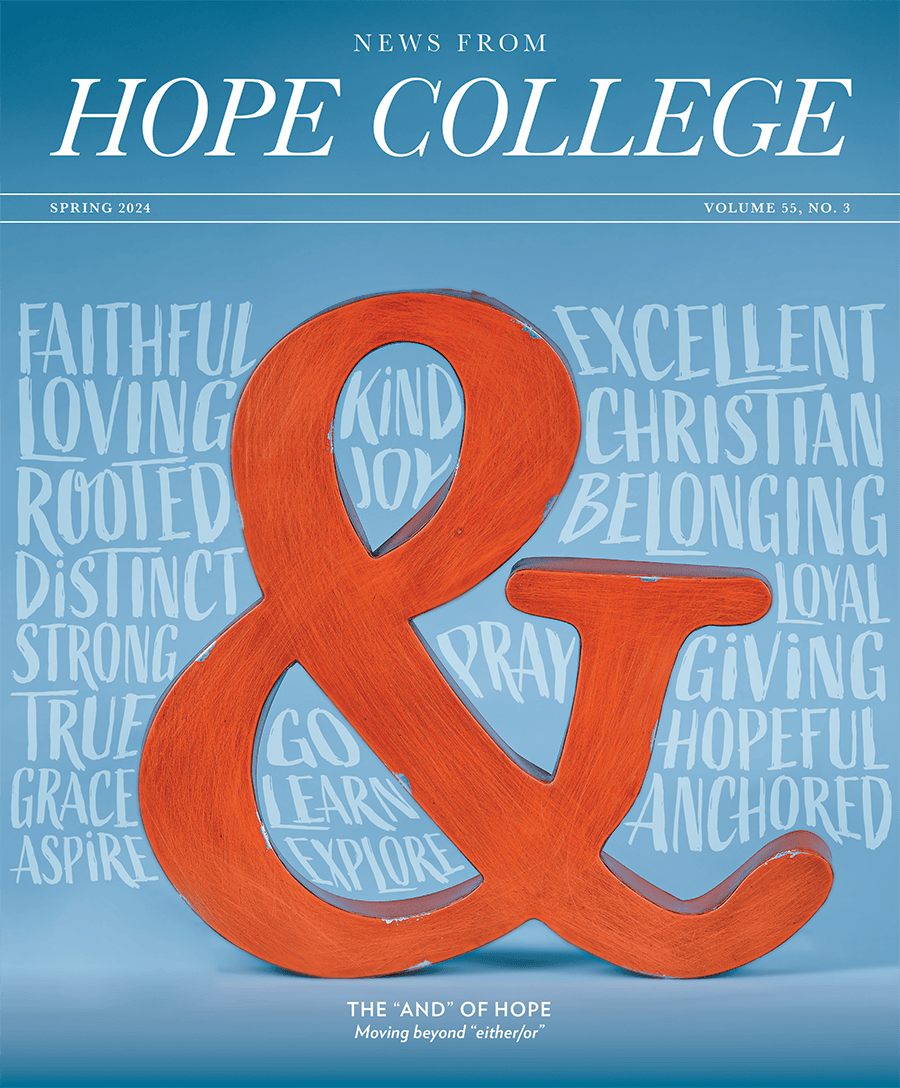


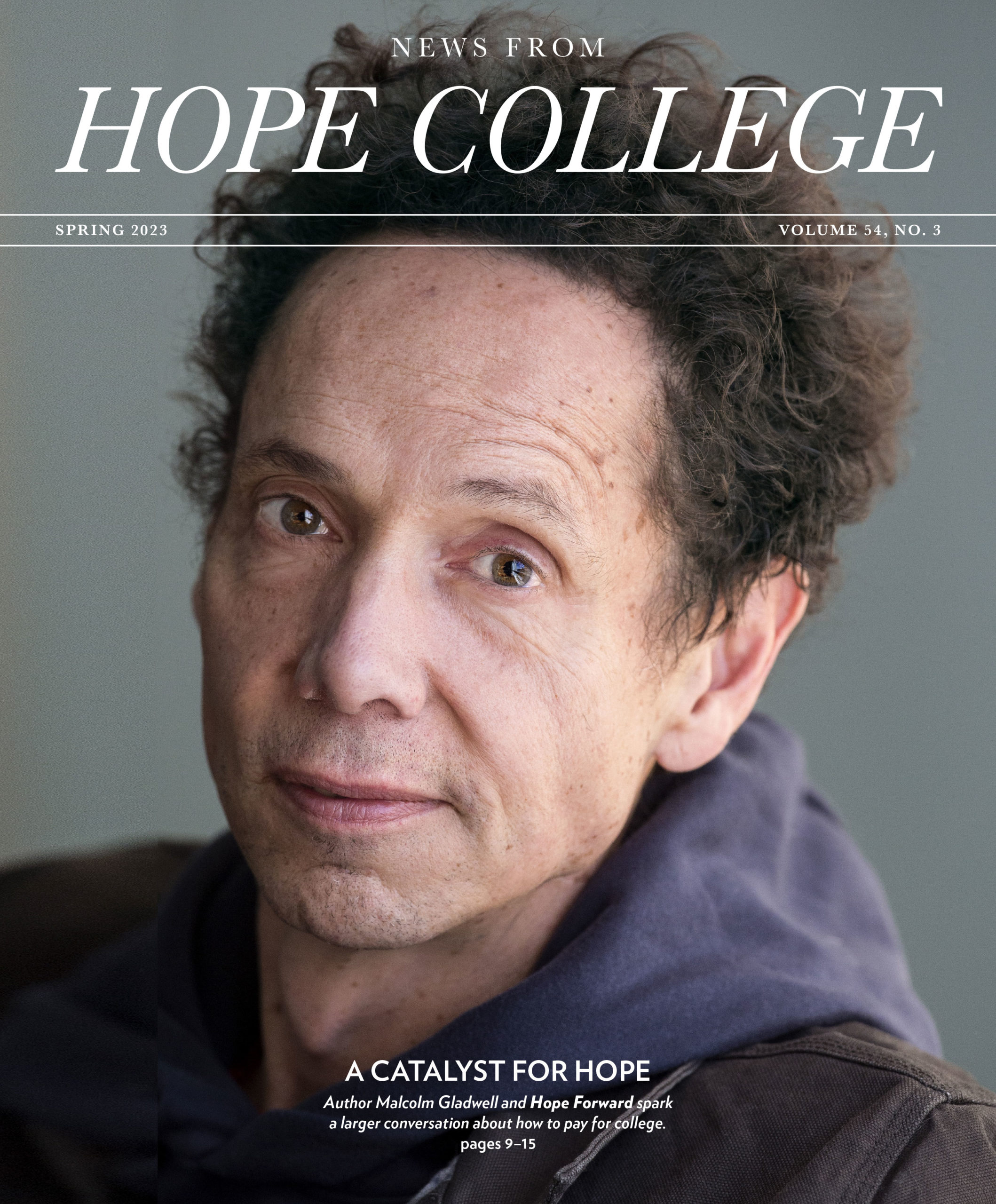


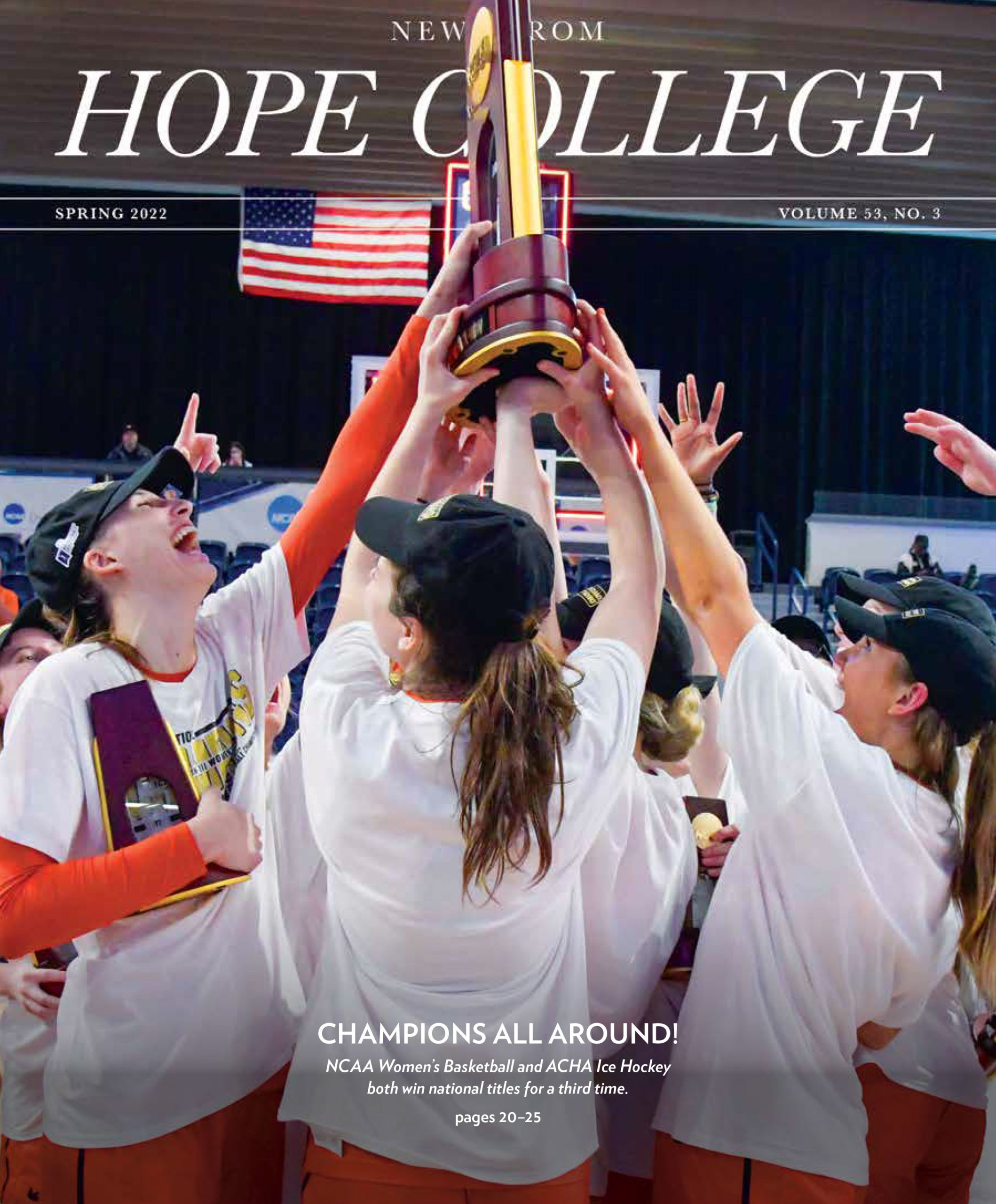



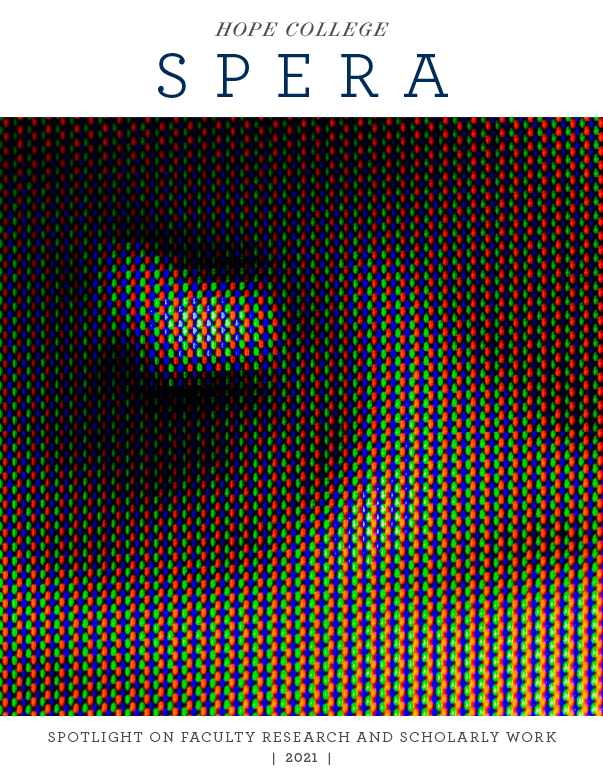






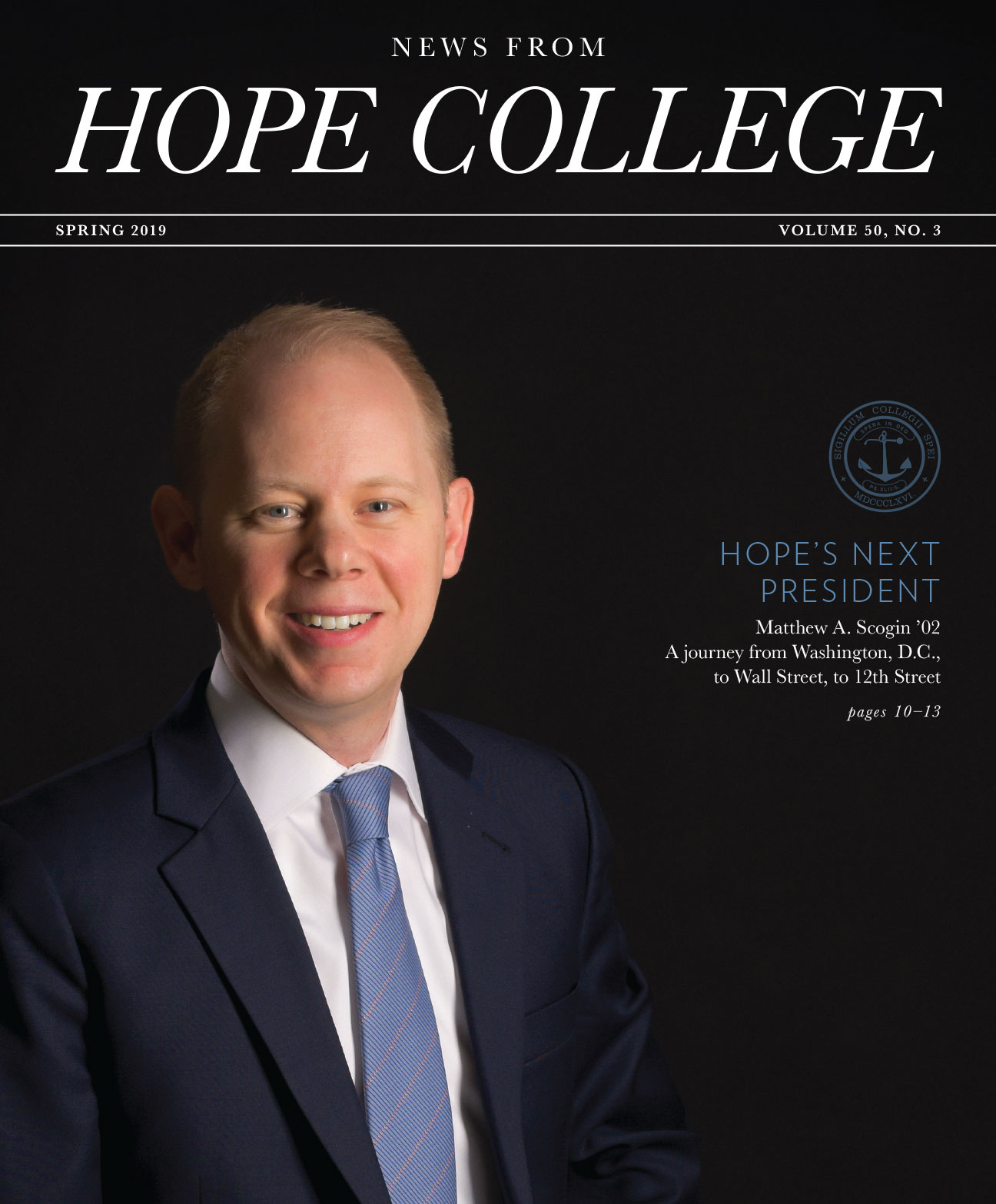


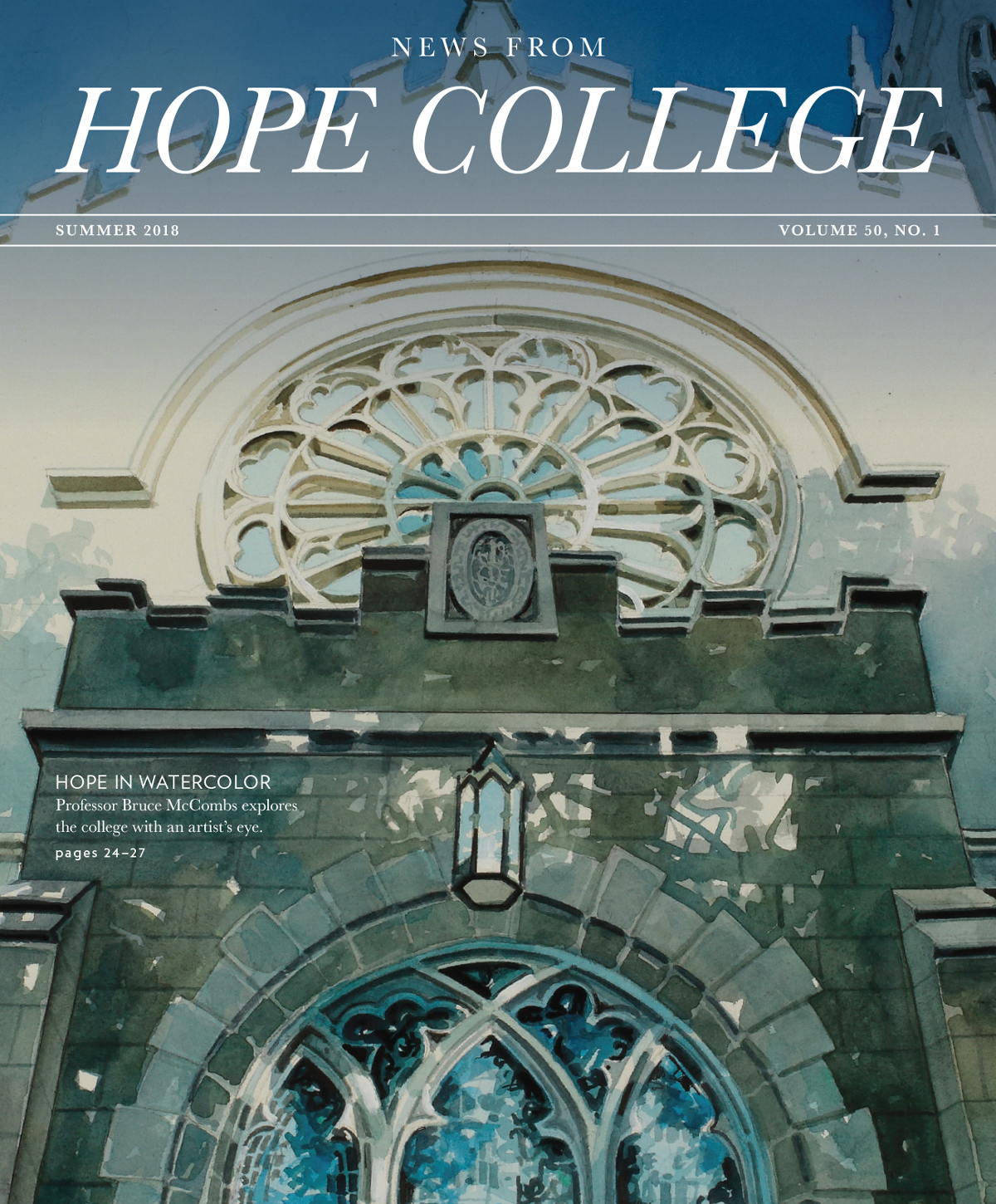



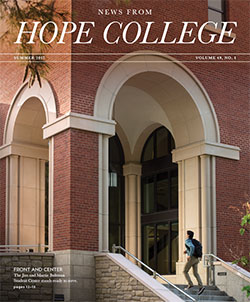
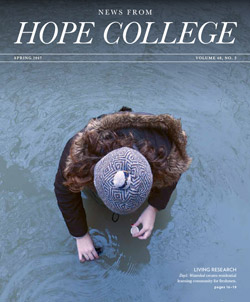
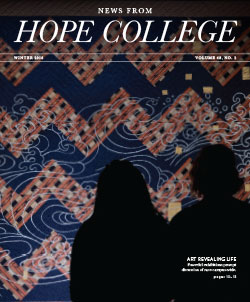
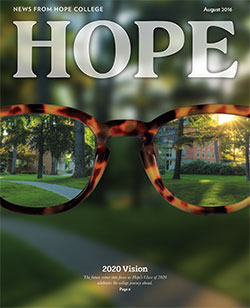


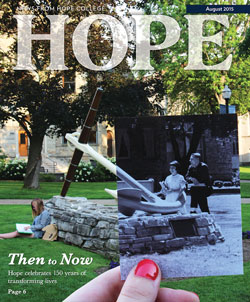

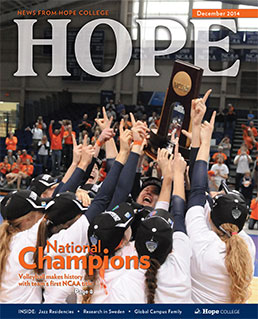
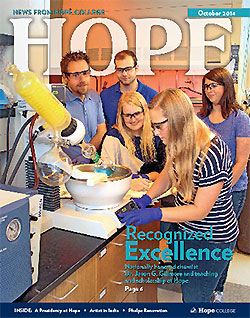

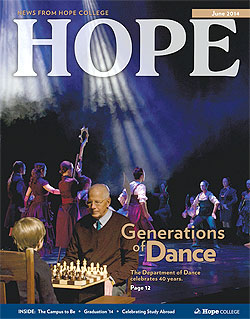
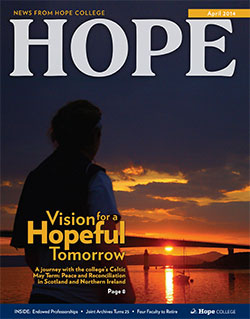




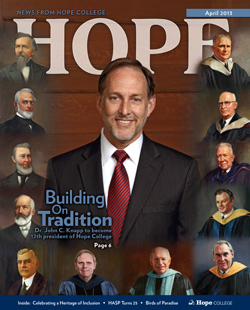



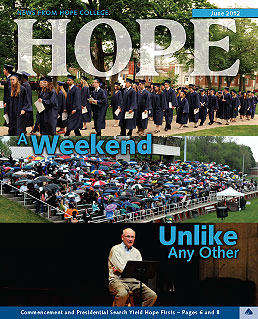


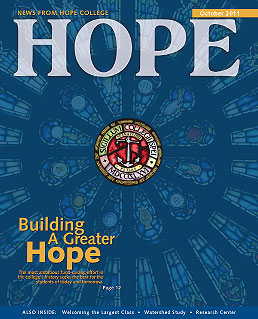
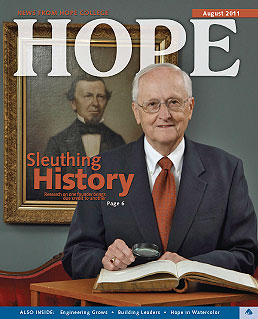
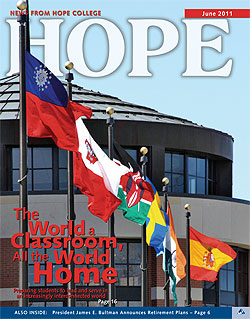

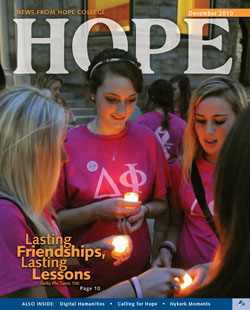

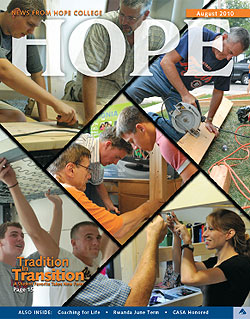
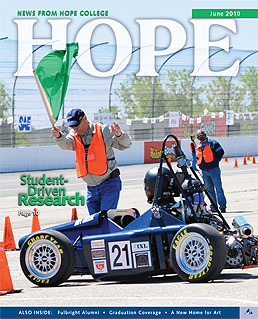


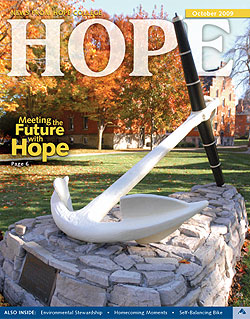

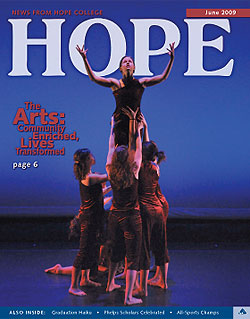


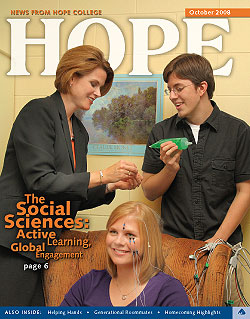

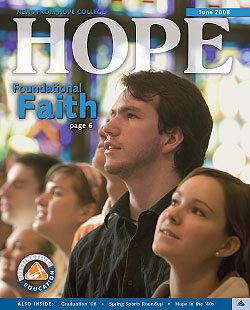

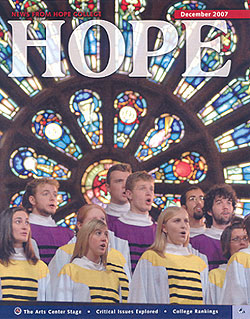
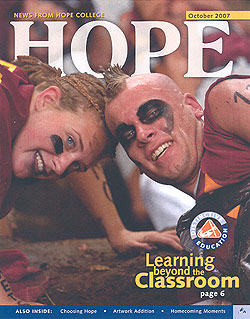





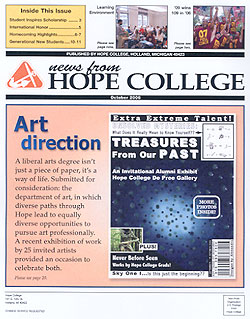
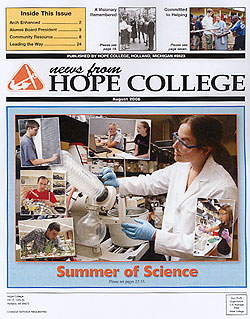

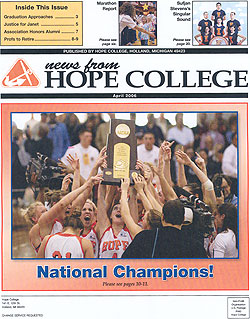




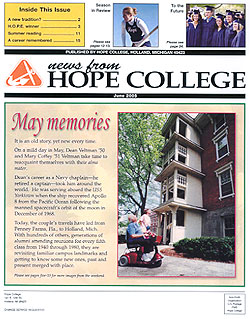
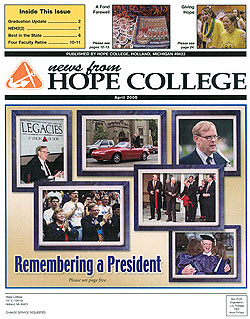



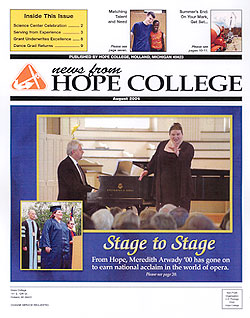




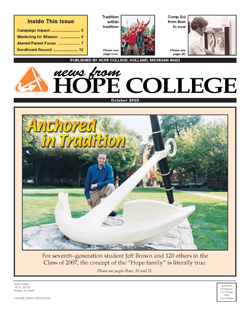


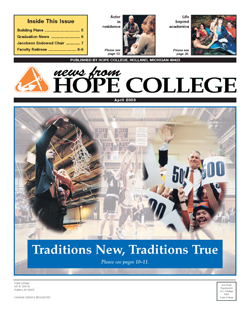



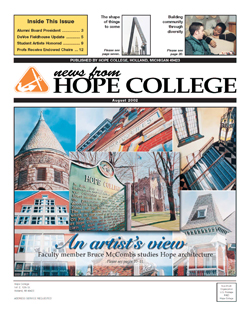
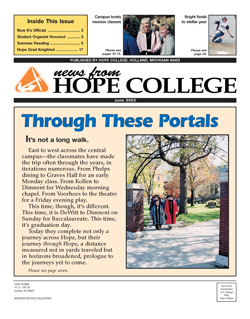

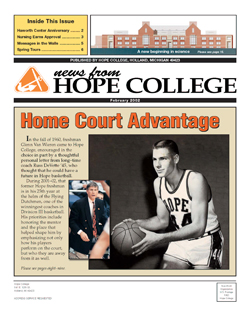



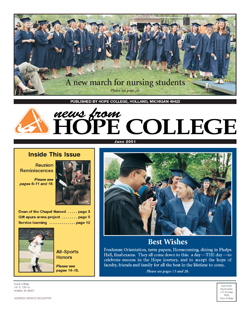






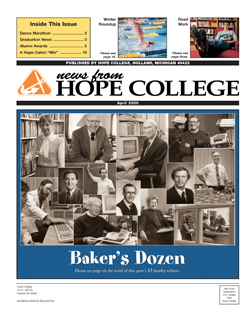


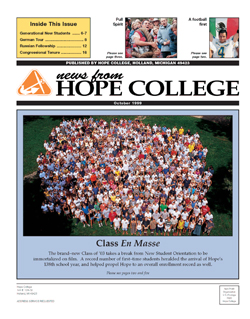

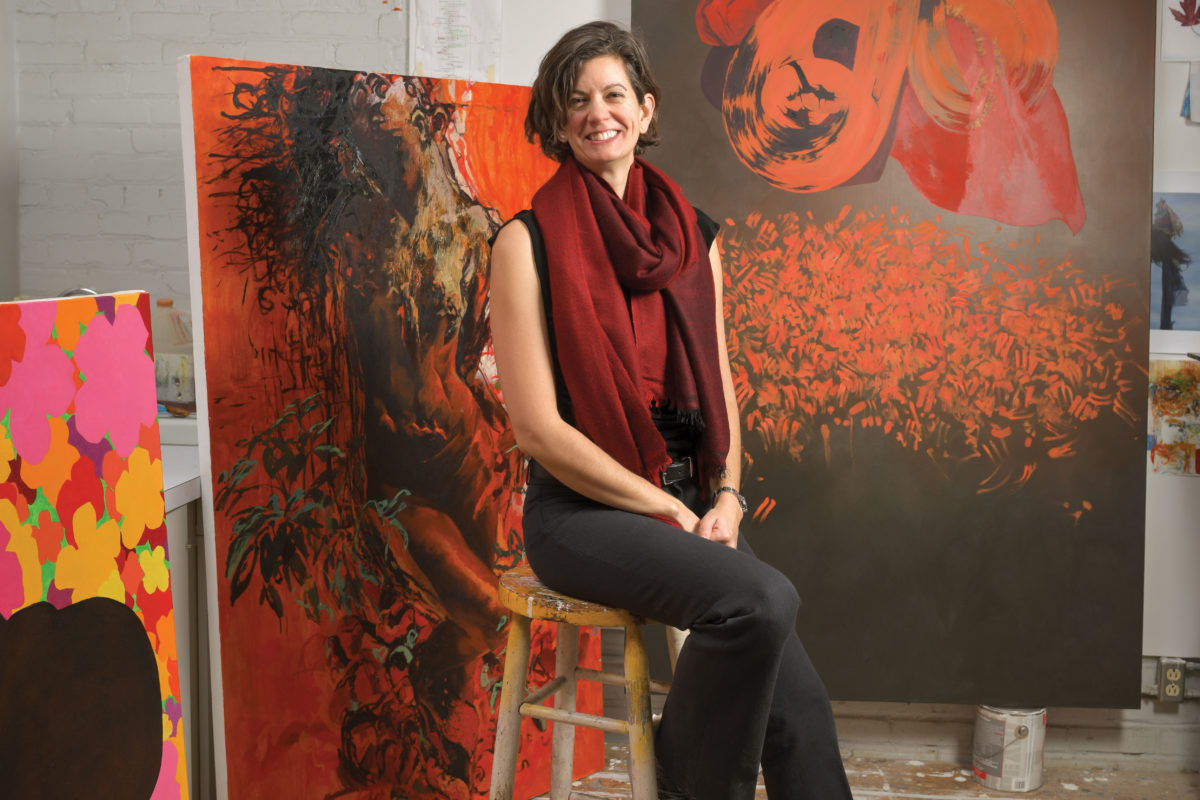
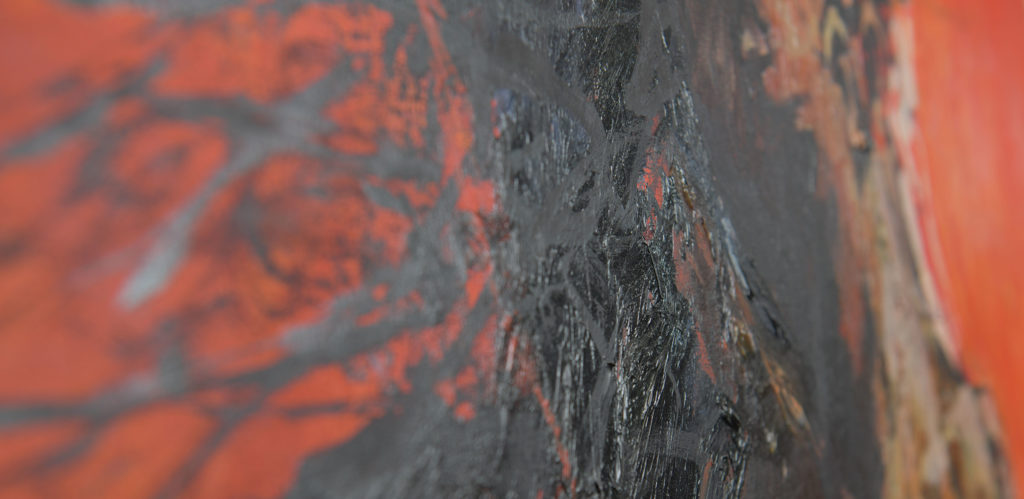
One thought on “Abstract Visions of the Human Body”
Comments are closed.